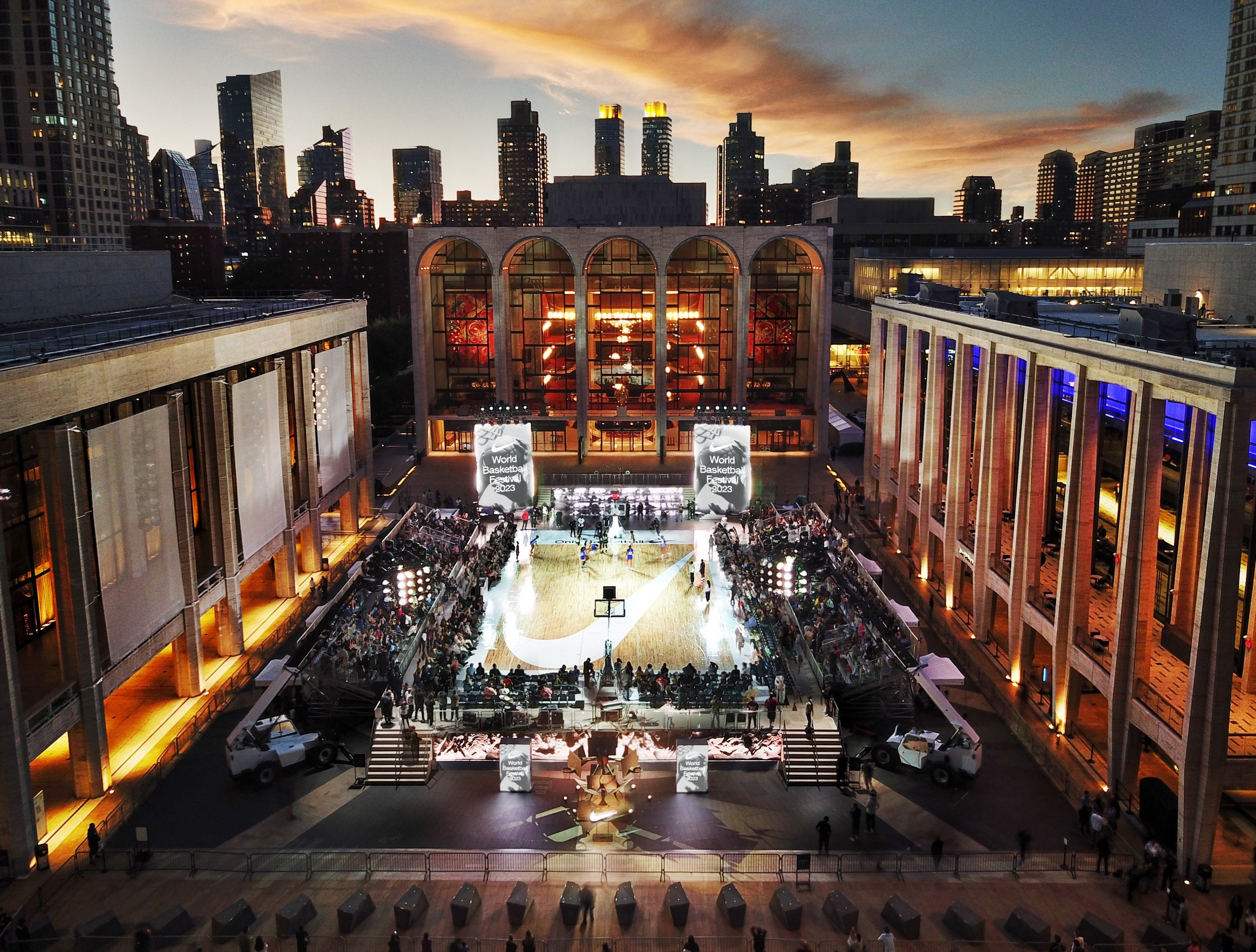The initial step in video mapping on rounded areas is to understand the geometry of the area. Curved surfaces can be intricate, with different degrees of curvature. To achieve a seamless display, it is important to create a 3D representation of the area. This model helps in imagining how the footage will look when cast. Software tools are available that permit users to develop these representations and simulate the projection. By accurately mapping the dimensions and contours of the area, creators can guarantee that the footage matches perfectly without warping.
Once the 3D representation is prepared, the next step is to prepare the video content. This includes modifying the footage to suit the specific shape and dimensions of the rounded area. It is crucial to consider the angles and sightlines from which the audience will observe the projection. The content should be designed to enhance the aesthetic encounter, making it engaging and relevant to the theme of the occasion or setup. Using high-quality visuals and animations can significantly improve the total effect of the projection.
After preparing the material, the real projection process starts. This includes setting up the projectors at the appropriate positions and distances to ensure that the footage matches with the 3D model. Calibration is a crucial part of this procedure. It may require modifying the luminosity, differentiation, and focus of the projectors to obtain the best results. Additionally, using several devices may be necessary to cover bigger or more intricate surfaces. This technique, known as seamless projection, helps form a seamless visual across the entire surface.

Ultimately, trialing the projection is essential before the conclusive presentation. This enables creators to make any required modifications to the video and projector configurations. It is also an opportunity to see how the audience will perceive the projection from different perspectives. By ensuring that the video projection is flawless, designers can provide a stunning aesthetic experience that creates a memorable impression. Perfecting footage mapping on rounded areas not only enhances creative output this link but also opens up new opportunities for narrative and audience engagement in multiple settings.